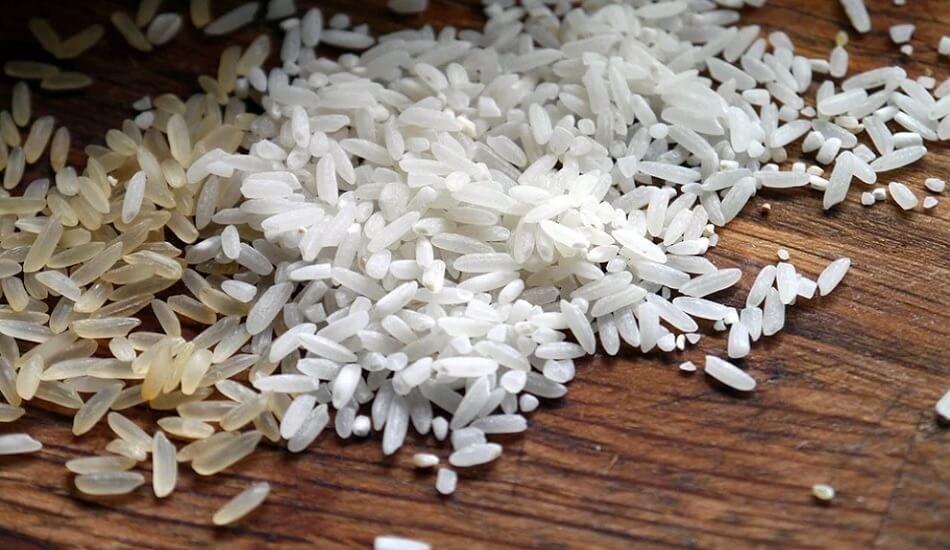India bans the export of broken rice citing concerns about domestic availability.
On Thursday, India issued a notification forbidding the export of broken rice (HS code 1006 40 00), citing concerns about lesser paddy crop output due to delayed monsoons and insufficient rainfall in some states. The ban will also increase the domestic availability of the rice variety, as exports have increased dramatically this year.
On September 8, the Directorate General of Foreign Trade published the embargo, which would take effect on September 9, and stated that ‘transitional arrangements shall not be applicable under this notification for export of broken rice under HS code 1006 40 00.’
The DGFT also stated that broken rice consignments will be permitted to be exported between September 9 and September 15 if loading on the ship began prior to the notification, or if the shipping bill has been filed and vessels have already berthed or arrived and anchored in Indian ports and their rotation number has been assigned.
Also Read | Less paddy planting this Kharif leads 20% export duty on non-Basmati rice.
Furthermore, broken rice consignments that were handed over to Customs prior to the September 08 notification and were logged in their system may be authorised for export.
Food Secretary Sudhanshu Pandey told the media on Friday that broken rice exports increased to 21.31 lakh tonnes (lt) from 15.8 lt in the previous fiscal year and as low as 0.51 lt in April-August of 2019. When asked what constituted broken rice, Pandey stated that it is defined by the HS code.
Broken rice definition
‘During the milling process, grain fragments with lengths less than three-quarters (75%) of the average length of the whole grain are removed from the white rice, whose form stays intact.’ This is classified as broken rice, according to the Commission.
The European Commission defines ‘broken rice’ as damaged white rice that has been cracked during processing.
The Food Secretary further stated that due to decreasing paddy area, rice production in the current Kharif season may fall by 10-12 million tonnes (mt) from 111.76 mt last year.
‘It’s only a statistical judgement based on decreased acreage, Pandey explained. The Agriculture Ministry will announce the output estimate.’ He noted that paddy acreage is down 38 lakh hectares from the previous year.
Effect on the global rice trade
‘India, which is the offshore rice granary for the international market, has actively regulated and reacted with a human touch,’ said trade analyst S Chandrasekaran.
‘It appears China’s influence has strongly played on the decision on broken rice exports,’ he said, adding that the move affects barely 20% of the world rice supply.
However, the export tariff on a few parts is not only due to acreage shortages, drought, and inflation but also to a lack of transparency in global rice stocks, he said, adding that a common thread between choices on broken rice and uncooked rice is obvious.
Pandey clarified that the 20% export tariff on non-basmati rice (except parboiled), which also goes into effect on September 9, will be applied to the already contracted quantity, which is a standard trading procedure.
Strategy for Implementation
However, experts cautioned that the policy’s implementation strategy is essential because the government has not set a minimum export tariff, which must be computed on the basis of a Letter of Credit (LC), in which under-invoicing cannot be ruled out.
‘It is unclear that the MEP on non-basmati rice has not been announced when the government is aware of the issue and an edible oil tariff plan has been in place for many years.’
Traders and exporters also stated that in the absence of a proper definition of broken rice, misinterpretations are unavoidable.
‘The design of a pricing bandwidth plan and legitimate product labelling is critical in defending India’s long-term rice export interests. However, this strategy must find a balance with domestic needs. The recent rulings are only the beginning of a series of developments in the rice area,’ said an exporter.
The Food Secretary, in presenting a detailed study on the pricing and availability of broken rice, alluded to a scarcity in terms of its availability, as a result of which the lifting of rice stock from the Food Corporation of India (FCI) for ethanol manufacturing has improved.
Also Read | Food Ministry schedules meeting with states to strategize rice procurement plans.
Despite claiming that the country will have surplus rice production this year (in comparison to demand), Pandey declined to answer a question about whether the government would extend the free foodgrains programme under the Pradhan Mantri Garib Kalyan Anna Yojana (PMGKAY).
Price gouging
Maize prices went from ₹19/kg on January 1, 2022, to ₹24/kg on September 8, 2022, according to official data, and broken rice prices increased from ₹16/kg to ₹22/kg during the same period.
This boosted demand from ethanol producers to get rice from FCI, which has allocated 13.88 lt till August 21 in the current fiscal year, compared to only 81,044 tonnes in the entire 2021-22 fiscal year. The average retail price of rice in India increased by 6.4% year on year to ₹37.5/kg in September 2007.


















Add Comment